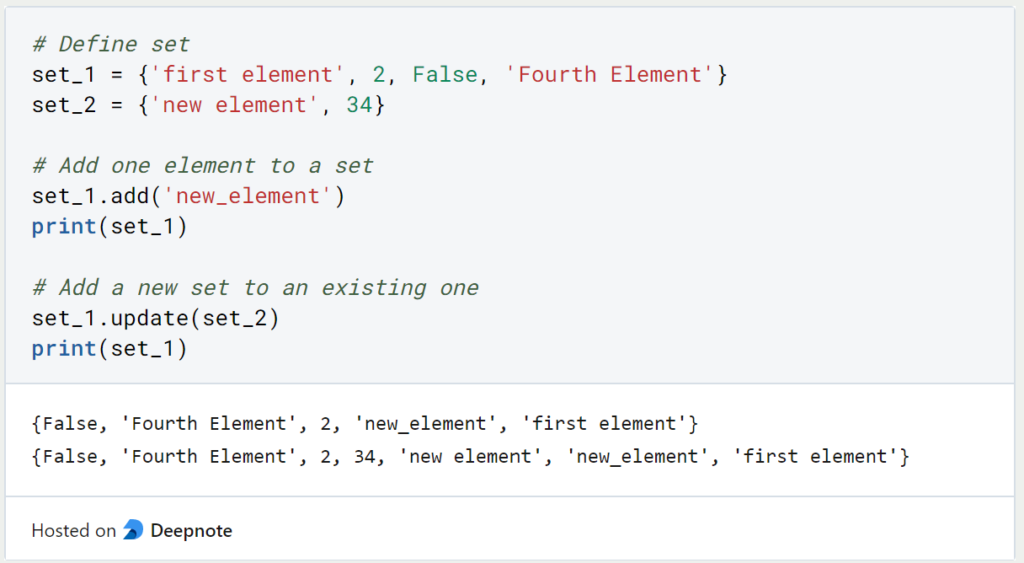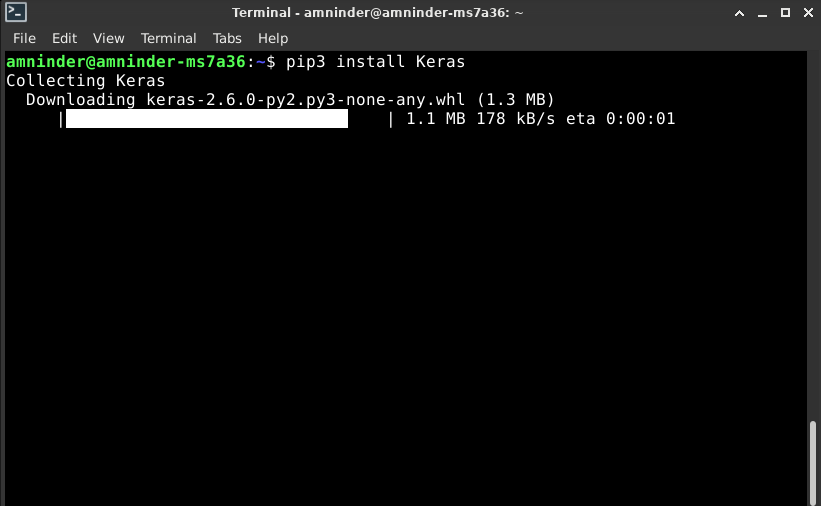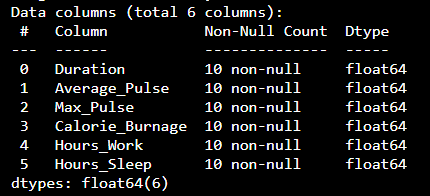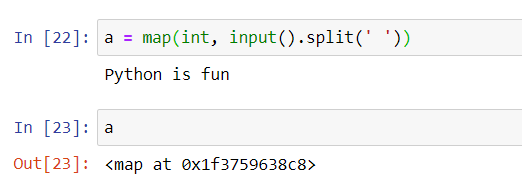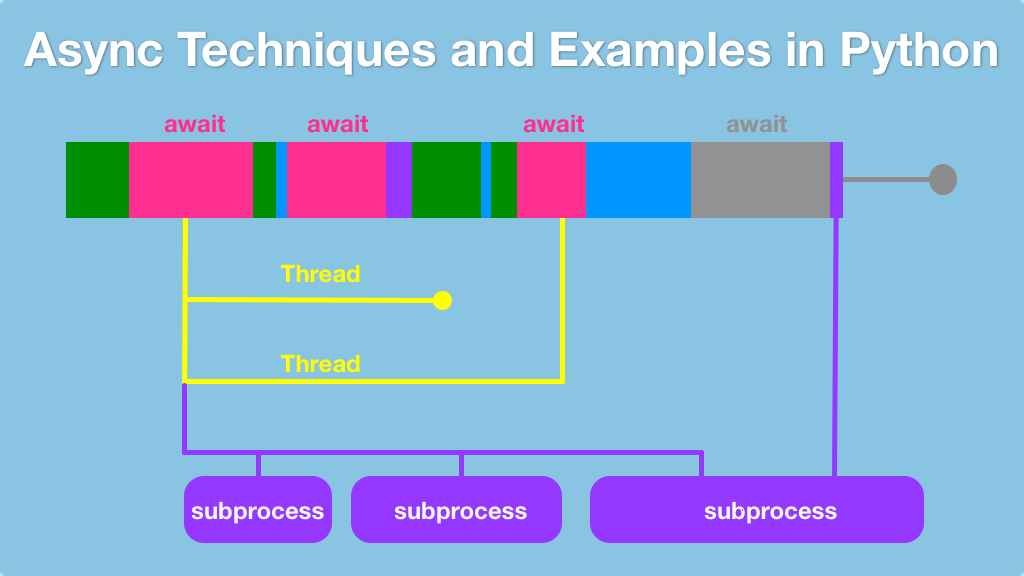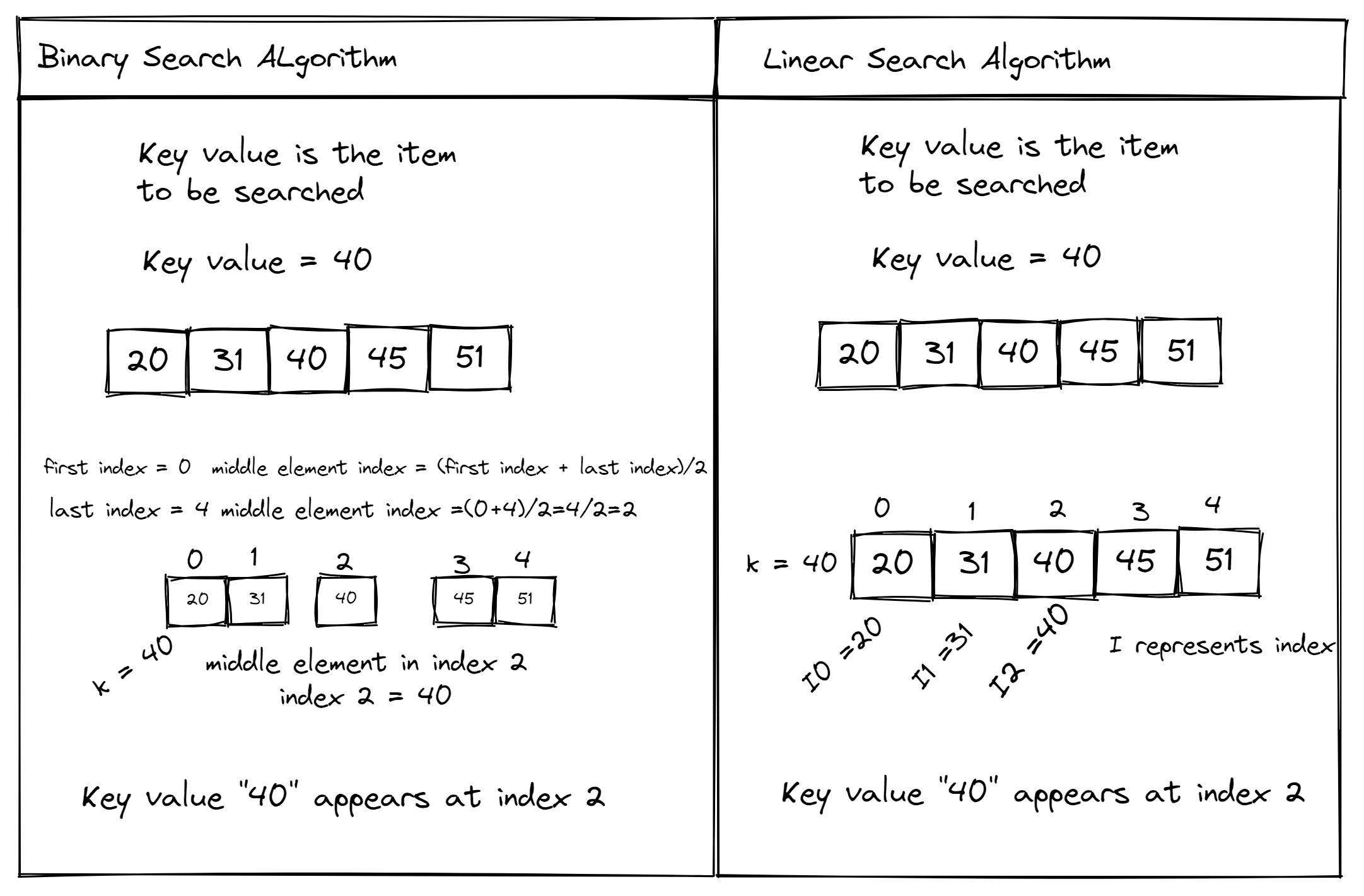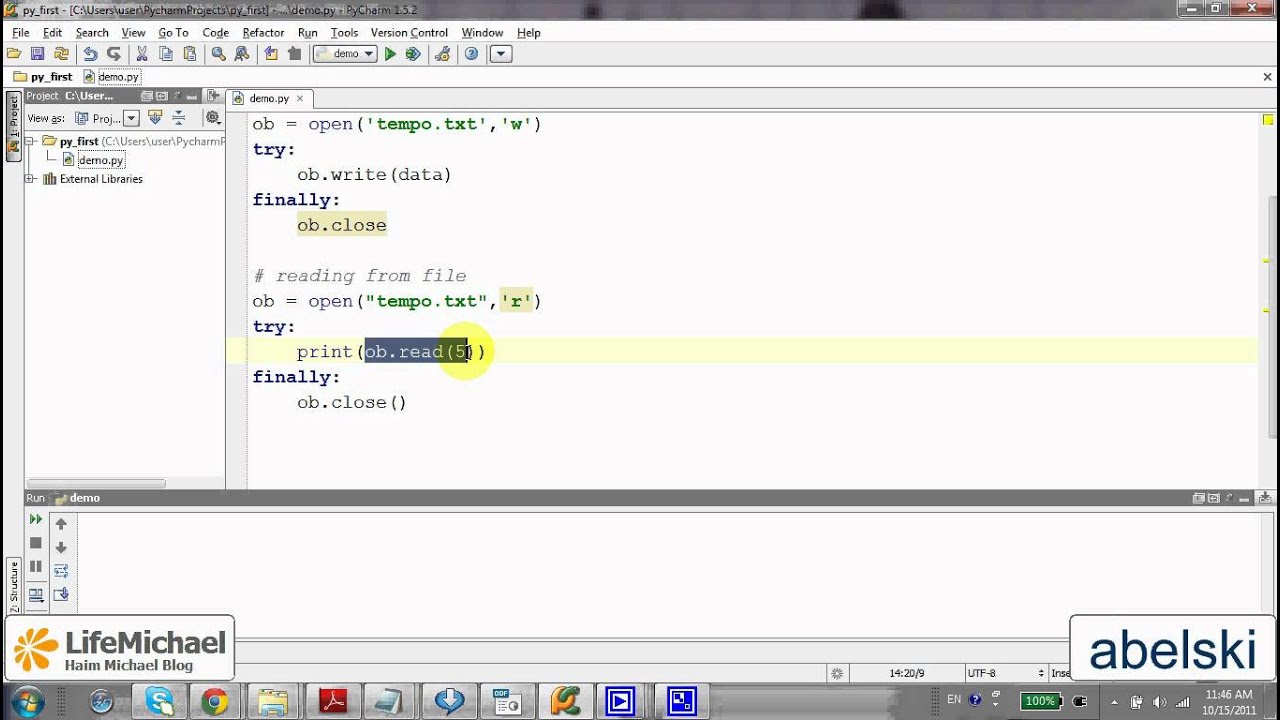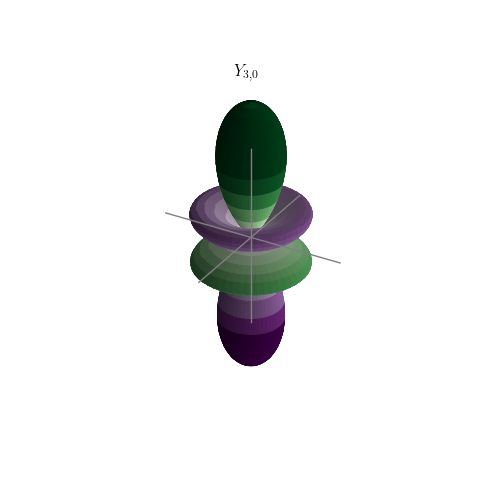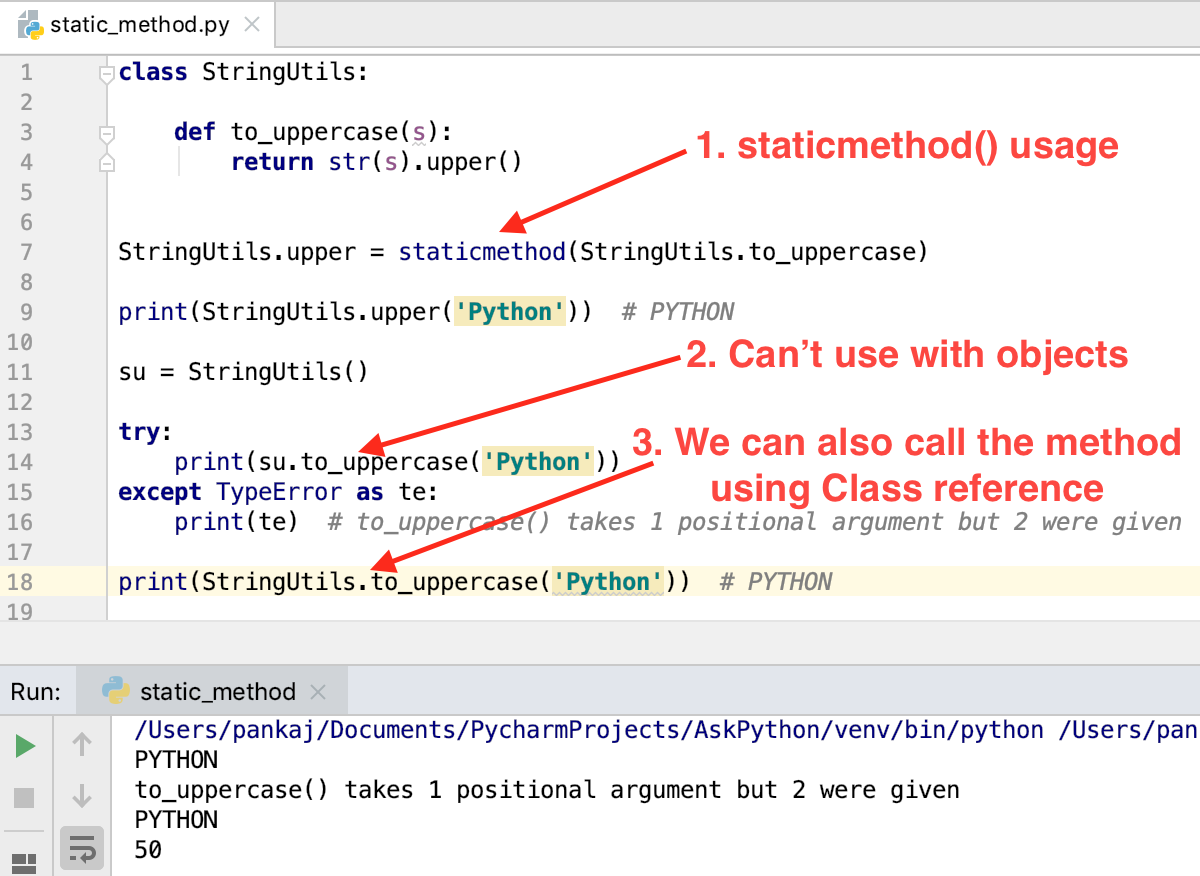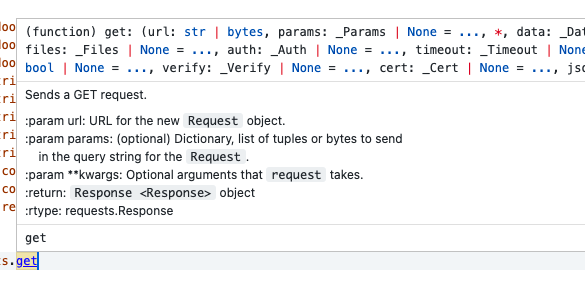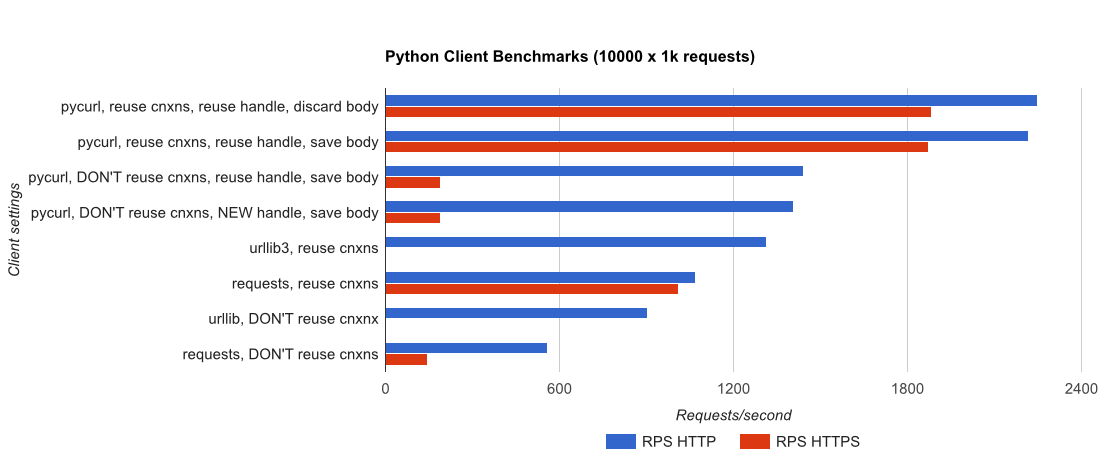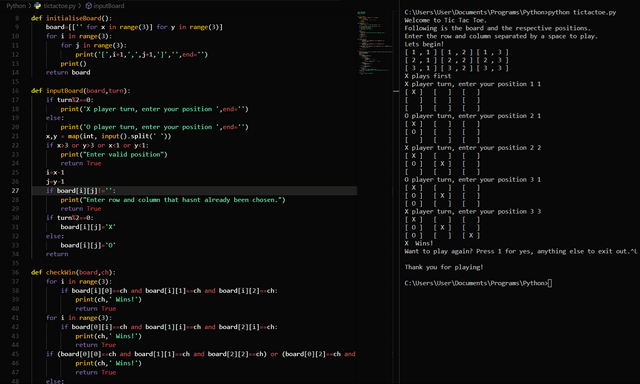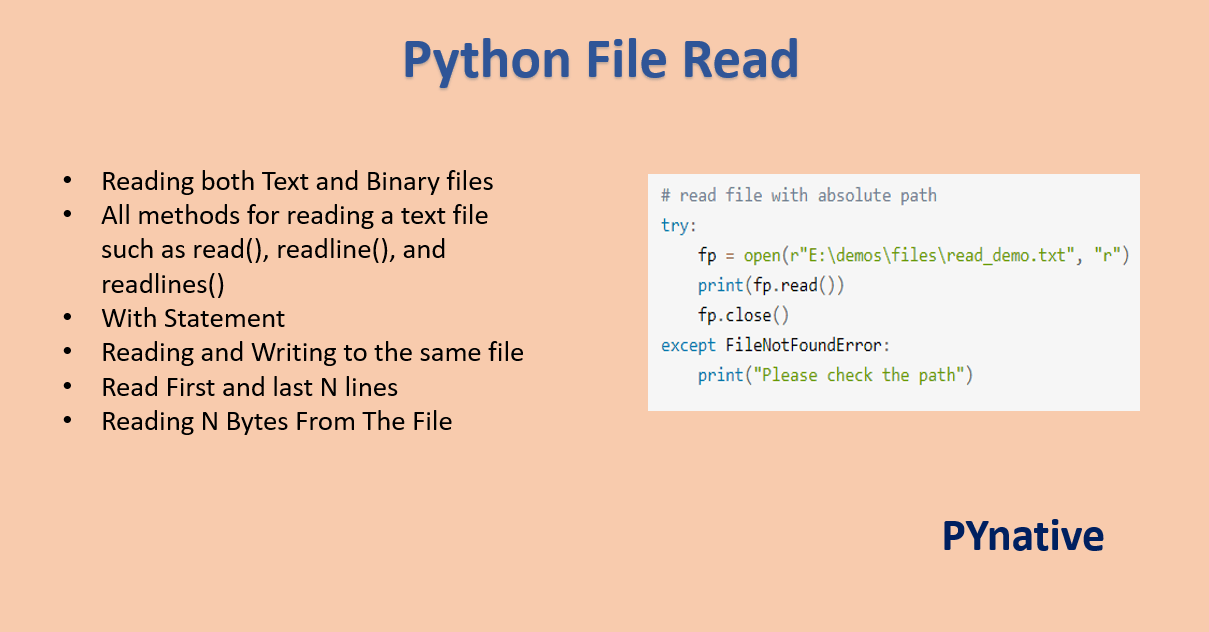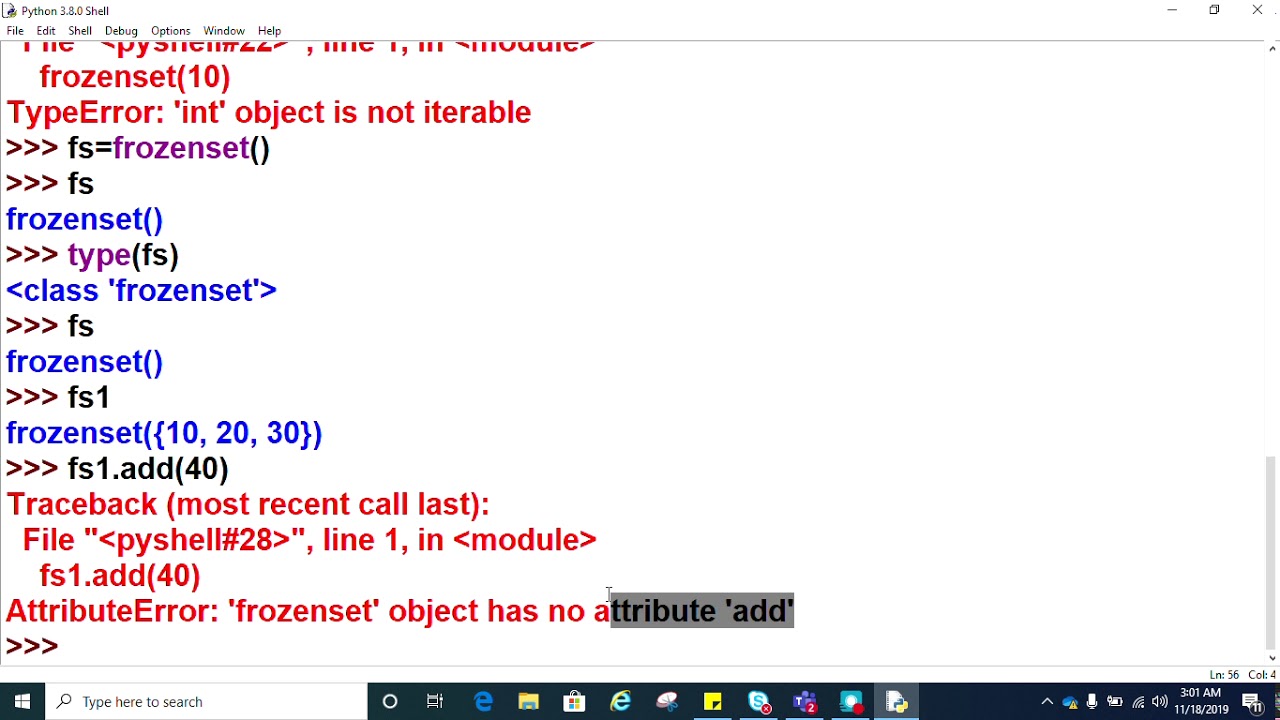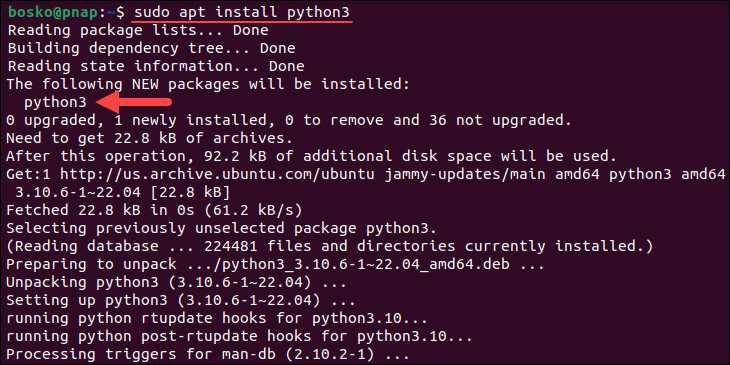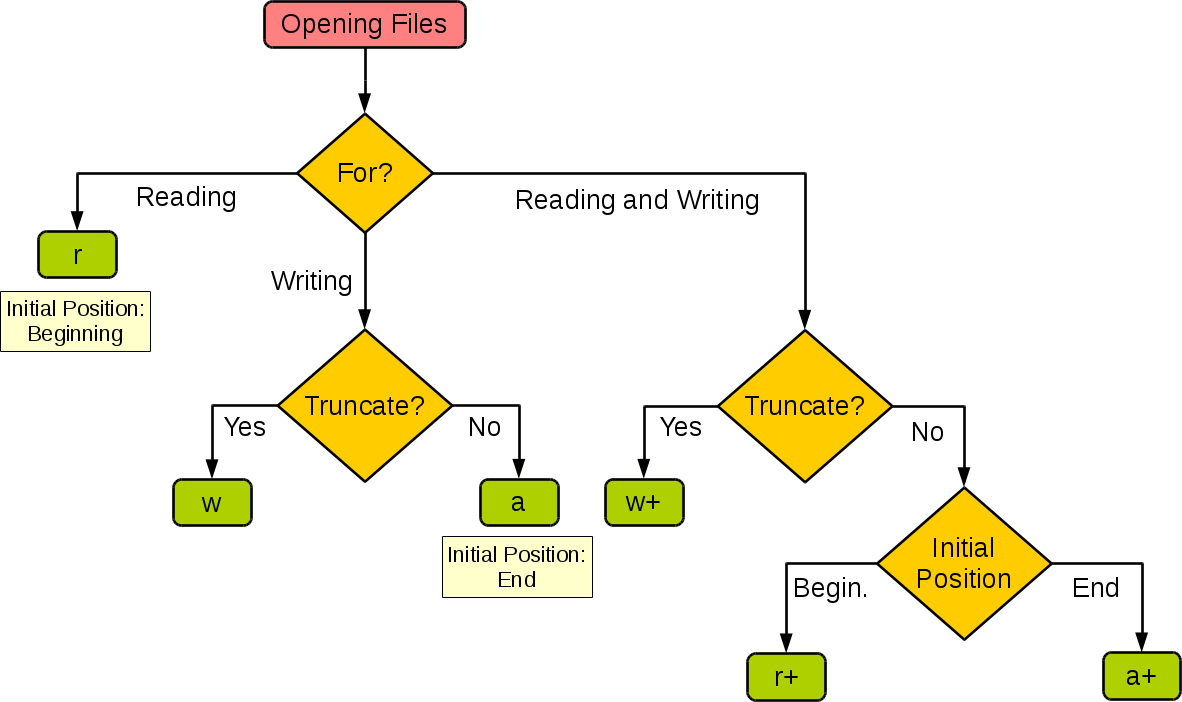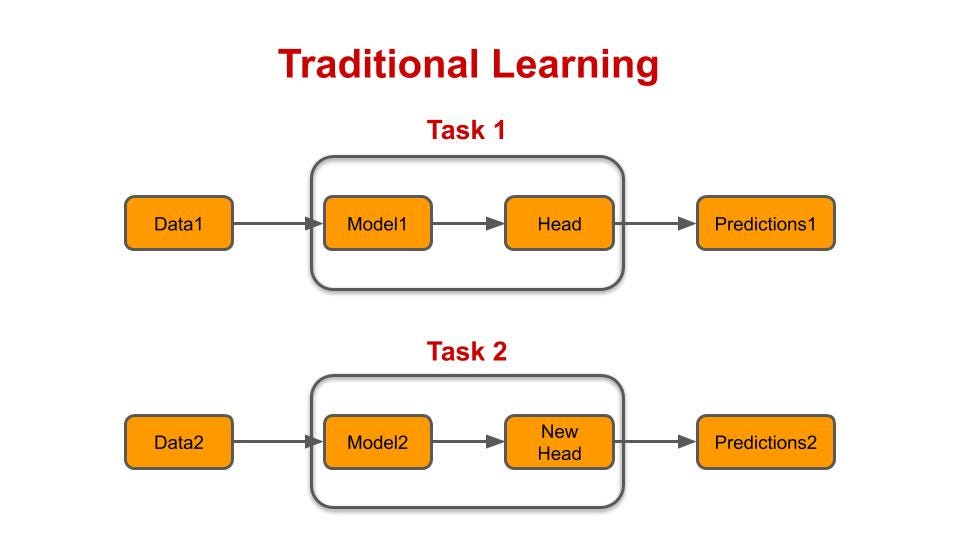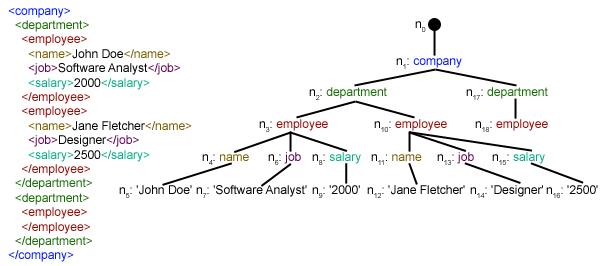What is a list() in Python?
What is a list() in Python?
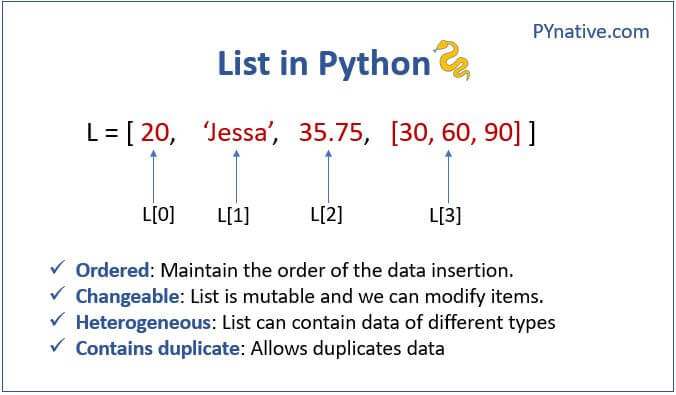
In Python, the list() function is used to convert an iterable object into a list data type. This means that if you have an object that can be iterated over (such as a tuple or a dictionary), you can use list() to create a new list containing all the items from the original object.
The syntax for using list() is quite simple:
my_list = list(my_iterable)
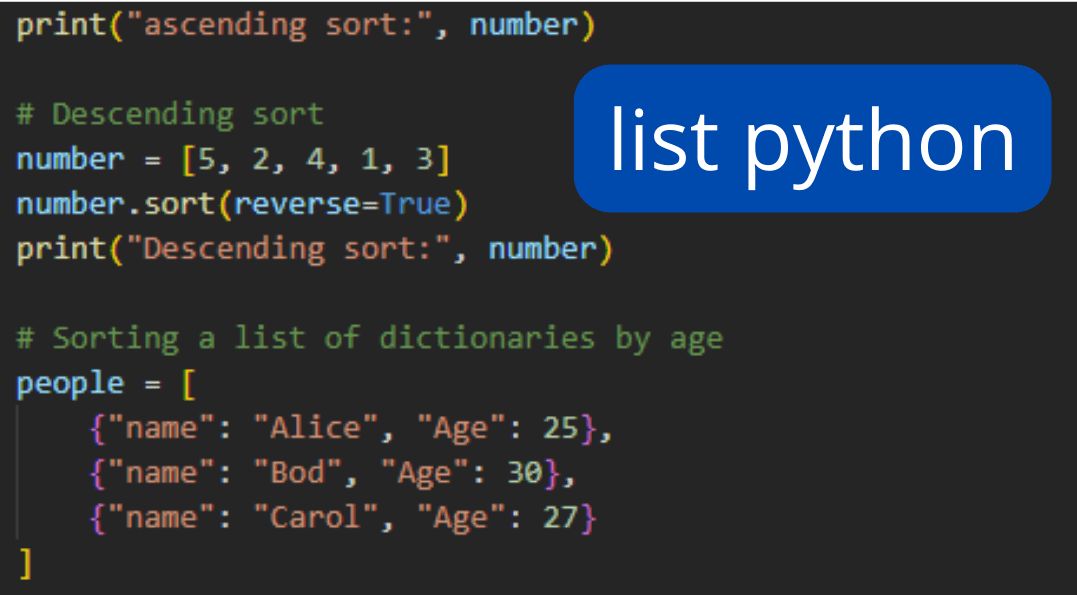
In this example, my_list will be a list containing all the items from my_iterable.
Here are some important things to know about list():
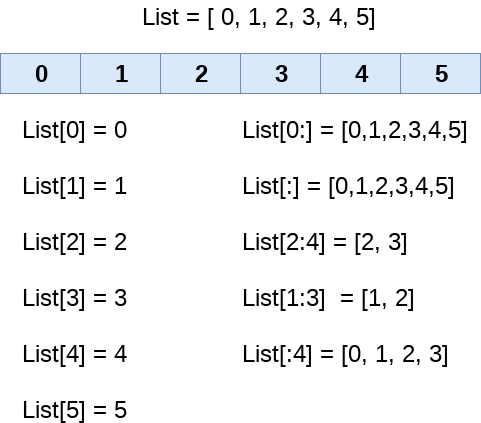
list() can take many types of iterable objects (like tuples, dictionaries, etc.) and convert them into lists.
Example:
my_tuple = ('apple', 'banana', 'cherry')
my_list = list(my_tuple)
print(my_list) # Output: ['apple', 'banana', 'cherry']
Example:
my_dict = {'a': 1, 'b': 2, 'c': 3}
my_list = list(my_dict.keys())
print(my_list) # Output: ['a', 'b', 'c']
In this case, the order of the dictionary keys is preserved in the resulting list.
Handling None values: If an iterable containsNone or other "falsy" values (like empty strings), these values will be included in the resulting list.
Example:
my_iterable = ['a', 'b', None, '', 4]
my_list = list(my_iterable)
print(my_list) # Output: ['a', 'b', None, '', 4]
As you can see, None and empty strings are both included in the resulting list.
Example:
my_iterable = [1, 2, 3, 2, 1]
my_list = list(my_iterable)
print(my_list) # Output: [1, 2, 3, 2, 1]
In this case, the duplicates from the original iterable are also present in the resulting list.
Handling sets: When converting a set to a list usinglist(), the order of elements is not guaranteed (since sets do not have an inherent ordering).
Example:
my_set = {1, 2, 3}
my_list = list(my_set)
print(my_list) # Output: [1, 3, 2] or some other permutation
In this case, the order of elements in the resulting list may vary.
Handling generators: When converting a generator to a list usinglist(), the entire generator is evaluated first before creating the list. This can be useful for handling large datasets that you don't need to process immediately.
Example:
my_generator = (i**2 for i in range(10))
my_list = list(my_generator)
print(my_list) # Output: [0, 1, 4, 9, 16, 25, 36, 49, 64, 81]
In this case, the generator is evaluated first before creating the list.
Remember that when converting an iterable object into a list using list(), you should consider whether or not you really need to preserve order and whether any elements might be "falsy" (like None or empty strings).
W3schools Python List Methods

I apologize for the misunderstanding earlier! Here's a detailed explanation of Python list methods:
Python provides several built-in methods to manipulate and operate on lists. These methods can be categorized into three main groups: adding or removing elements, modifying elements, and searching or sorting.
Adding or Removing Elements

my_list.append(5) adds 5 to the end of my_list. extend(): Adds multiple elements from another iterable (such as a list, tuple, or string) to the end of the list. Example: my_list.extend([1, 2, 3]) adds [1, 2, 3] to the end of my_list. insert(): Inserts an element at a specific position in the list. Example: my_list.insert(2, 'hello') inserts 'hello' at index 2 in my_list. remove(): Removes the first occurrence of a specified element from the list. Example: my_list.remove('apple') removes 'apple' from my_list if it exists. pop(): Removes and returns an element at a specific position in the list (default is -1, which means the last element). Example: my_list.pop(0) removes and returns the first element of my_list. clear(): Empties the list by removing all its elements. Example: my_list.clear() empties my_list.
Modifying Elements
sort(): Sorts the list in ascending order (or descending order if a reverse argument is provided). Example:my_list.sort(reverse=True) sorts my_list in descending order. reverse(): Reverses the order of elements in the list. Example: my_list.reverse() reverses my_list. index(): Returns the index of a specified element in the list (raises ValueError if not found). Example: my_list.index('banana') returns the index of 'banana' in my_list.
Searching or Sorting
count(): Returns the number of occurrences of a specified element in the list. Example:my_list.count(5) returns the count of 5s in my_list. index(): (already mentioned) Returns the index of a specified element in the list (raises ValueError if not found). copy(): Creates a shallow copy of the list (i.e., a new list with references to the same elements as the original list). Example: new_list = my_list.copy() creates a new list new_list that is a copy of my_list.
These are just some of the many methods available for working with lists in Python. By mastering these methods, you'll be well-equipped to handle various tasks involving lists!
